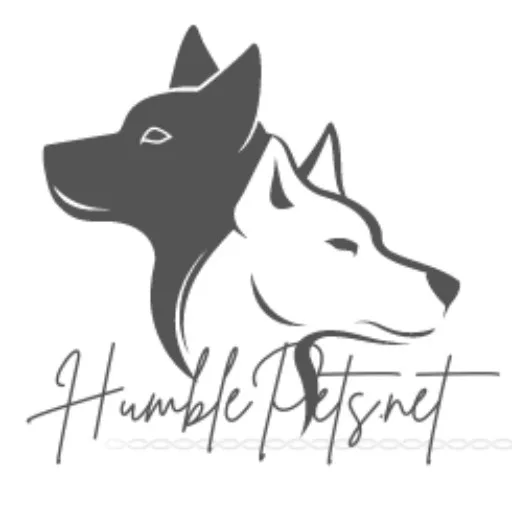Horses, known for their grace and power, also show remarkable affection. Understanding their nuances is crucial for bonding with them. They may follow you or blow air to express love, reflecting trust. Spending quality time is key to building this trust. So, how do horses show affection?
Understanding Horse Body Language
Horses only communicate through gestures. We can understand the meaning behind their gestures to decipher what they’re trying to convey. In expressions of love, they exhibit different gestures, and in anger, they display others.
How do horses say I love you?
Horses express affection by engaging in tranquil activities together, such as lounging in each other’s company, tenderly nuzzling, and extending invitations to frolic. However, the invitation to play, while well-intentioned, may not always align with human preferences. For safety, it is advisable to maintain protected contact, such as having a barrier between oneself and the horse, to mitigate any potential risks, particularly when exuberant displays of equine joy, such as playful bucks, are involved.
Why do horses lick you?
Typically, horses do not exhibit licking behavior akin to dogs, although some may. When a horse licks a person, it often signifies bonding or the search for salt on their body. Horses commonly lick for salt, and during the summer months, they are frequently provided with a salt block or mineral block for this purpose. Why lips and lick you as a way to show you affection or. they may rub their head on you to show you affection. Horses usually only rub their heads on people they. trust. do horses rub their lips on you?
Physical Gestures of Affection
For horses, loving each other and grooming one another is a common thing. When a horse tenderly presses its muzzle against a person or creature, it conveys a sentiment of reliance and fondness. Similarly, when it leans its head upon the shoulder or neck of another, it signifies a notion of guardianship.

Here are some friendly horses:
Friesian Horse.
Clydesdale Horse.
American Paint Horse.
Morgan Horse.
Connemara Pony.
American Quarter Horse.
Tennessee Walking Horse.
Irish Cob.
Verbal Communication
Horses cannot produce sounds like other animals, but they possess a vocal repertoire that expresses many emotions. Whinnies, nickers, and neighs are sounds that convey love and trust if they are in soft tones.
Behavioral Expressions
Horses often express their own love or trust by following a person or animal, which makes understanding easier. This inclination towards someone, whether by leaning towards them or gently rubbing their muzzle against them, establishes physical contact as well.
Facial Expressions
The loving temperament of a horse can also be gauged by the softness of its eyes and ears. When a horse feels content and secure, it often displays these expressions on its face.

Bonding Activities
Mutual grooming is a significant bonding activity among horses. Engaging in this behavior with a horse can strengthen the bond between human and equine partners. Additionally, sharing food or treats can reinforce positive associations and foster trust.
Trust and Respect
Building trust with a horse is essential for developing a healthy relationship. Consistent care, patience, and respect for the horse’s boundaries are key elements in earning their trust and affection.
The Role of Training
The utilization of affirmative reinforcement methodologies proves efficacious in nurturing a robust connection betwixt mankind and equine. By means of steadfast and tolerant instructional regimens, horses assimilate the association of their handlers with favorable encounters, thereby augmenting the profundity of their rapport.
Benefits of Affectionate Interaction
The interplay of fondness between humans and equines not only fortifies their connection but also fosters emotional prosperity for both entities. For horses, the sensation of being cherished and tended to elevates their standard of existence, while humans derive elation and contentment from nurturing their horse allies.
Conclusion
The comprehension of equine expressions of endearment necessitates an investment of temporal currency in their company, only then can we delve into the depths of understanding.By understanding the signals they give, a person can establish a friendly relationship with their horses.

